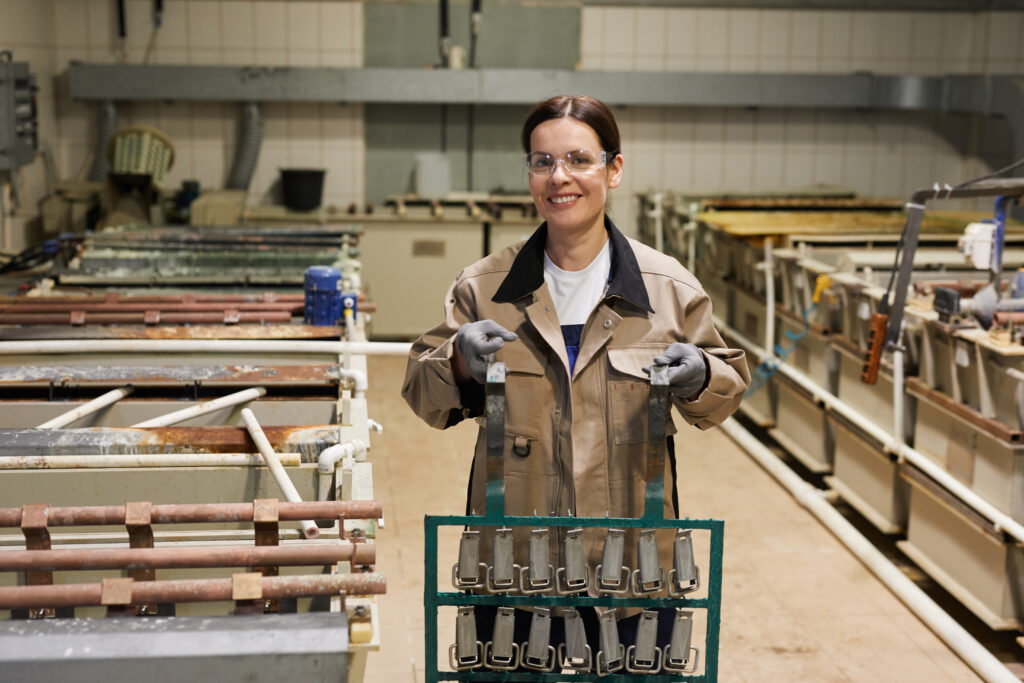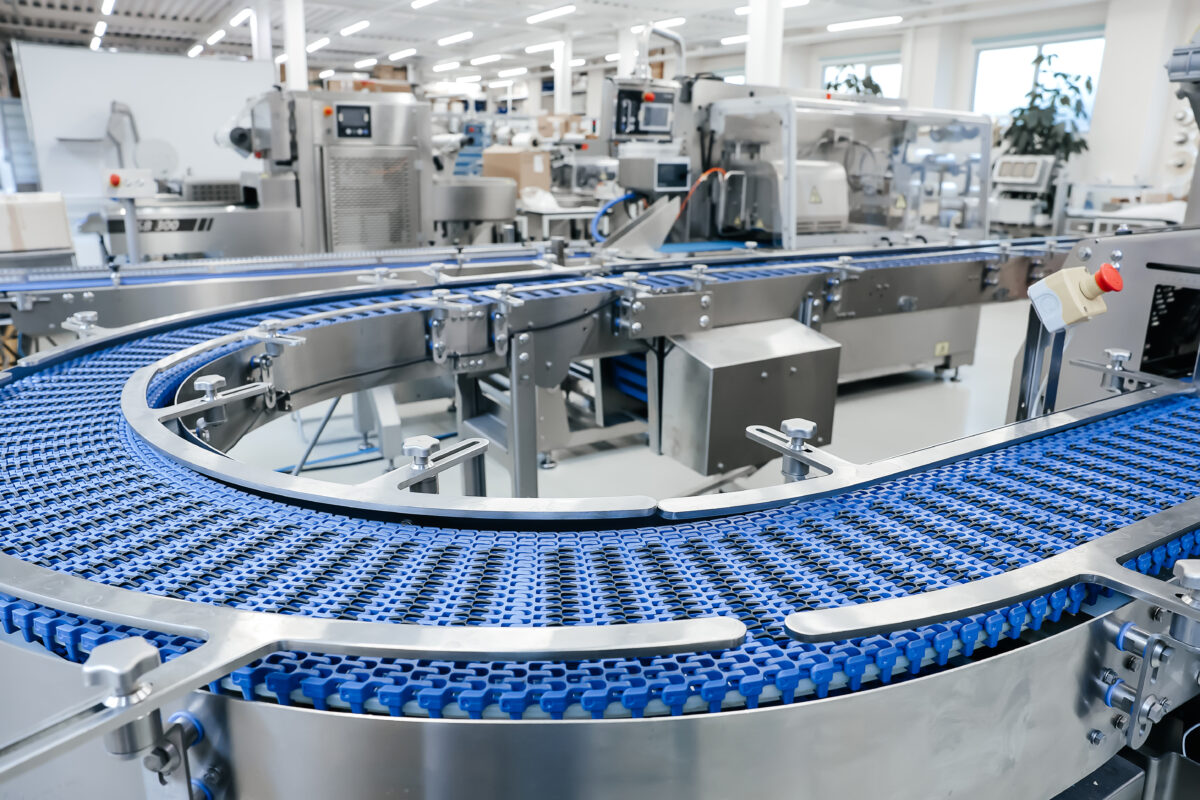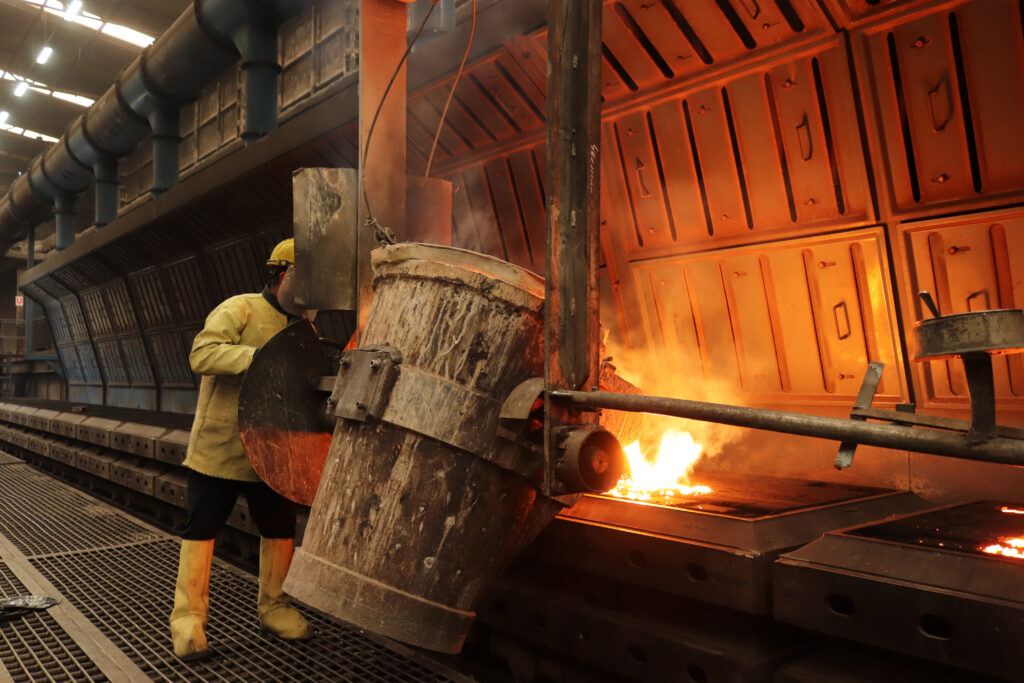Every moment in manufacturing counts, and the seamless transition between production runs is essential. Line clearance, often underappreciated, is pivotal in maintaining product quality, operational efficiency, and regulatory compliance.
In this article, we explore the multifaceted aspects of line clearance manufacturing, shedding light on its importance, key components, and how it shapes the future of manufacturing.
What is Line Clearance?

Line clearance in manufacturing ensures that each production cycle begins with a clean slate, free from residues and contaminants of the previous run.
As we delve into the intricate components of line clearance, from personnel responsibilities to environmental considerations, the overarching goal is to optimize manufacturing processes for enhanced efficiency and quality assurance.
Importance of Line Clearance
Line clearance is not routine; it holds the entire production process together, ensuring seamless transitions between different product runs. This manufacturing practice is essential for the following reasons:
1. Quality Assurance
Line clearance is a vigilant gatekeeper, preventing remnants of the previous production run from lingering on the production line. This meticulous removal of residues and contaminants safeguards the integrity of the subsequent batch, reducing the risk of cross-contamination. Line clearance is the guardian angel of product quality, guaranteeing that each item leaving the production line meets the highest standards.
2. Operational Efficiency
Time is money in manufacturing, and line clearance is pivotal in maximizing operational efficiency. Manufacturers minimize downtime between runs by swiftly and thoroughly clearing the production line. This streamlined approach accelerates the production cycle and optimizes resource utilization. The result is a finely tuned manufacturing process that operates precisely and quickly, contributing to overall operational excellence.
3. Regulatory Compliance
Line clearance ensures compliance with hygiene, safety, and environmental standards. By systematically adhering to regulatory requirements, manufacturers avoid penalties and build a reputation for reliability and responsibility in the industry.
Customers feel the ripple effects of line clearance beyond the factory floor. Consistently delivering products of the highest quality instills confidence in customers.
4. Customer Confidence
Whether it’s a pharmaceutical product or an electronic device, the knowledge that each item undergoes rigorous line clearance processes fosters trust in the brand and its commitment to excellence.
Critical Components of Line Clearance

A – Personnel Responsibilities
Each member of the production team plays a unique role in the line clearance process, contributing to the overall cleanliness and readiness of the production line for the next run.
The following guarantees readiness of all relevant personnel;
1. Clear Role Definition
Designating specific responsibilities ensures that each team member understands their role in the line clearance process.
From removing materials to verifying cleanliness, clarity in roles minimizes the risk of oversights and enhances accountability.
2. Training and Awareness
Personnel involved in line clearance should undergo comprehensive training to grasp the significance of their roles. This includes the physical tasks involved but also an understanding of the impact of their actions on product quality and overall manufacturing efficiency.
3. Communication and Collaboration
Effective communication is the backbone of successful line clearance. Team members must collaborate seamlessly, sharing information about the completion of tasks and any challenges encountered. This ensures a smooth and well-coordinated line clearance process.
B – Equipment and Tool Inspection
The meticulous inspection of equipment and tools ensures flawless production. This component of line clearance guarantees that the tools instrumental in the production process are clean and in optimal working condition.
Equipment and tool inspection involves the following:
1. Preventing Cross-Contamination
Equipment and tools carry the potential for cross-contamination if not inspected thoroughly. Line clearance involves a systematic check to ensure that no residues or contaminants from previous runs are present, safeguarding the integrity of the upcoming production.
2. Calibration and Maintenance
Beyond cleanliness, the functionality of the equipment is paramount. Regular calibration and maintenance checks are integral to line clearance, preventing malfunctions that could compromise the quality and efficiency of the manufacturing process.
C – Material Verification

Material verification confirms the availability and suitability of raw materials and components for the upcoming manufacturing cycle. Material inspection involves the following:
1. Rigorous Material Checks
Line clearance demands a meticulous examination of raw materials and components to verify their quality, quantity, and suitability for the intended production. This step is critical in preventing errors and defects in the final product.
2. Collaboration with Supply Chain
Seamless collaboration with the supply chain is vital for adequate material verification. Timely communication regarding material requirements, changes, or challenges ensures that the production line is adequately stocked and ready for the next run.
3. Contingency Planning
Anticipating potential material issues is part of the material verification process. Line clearance involves developing contingency plans for scenarios such as material shortages or unexpected changes, minimizing disruptions to the manufacturing flow.
D – Environmental Considerations
Maintaining a clean and controlled environment is essential for the success of line clearance, and this component addresses factors such as temperature, humidity, and air quality.
1. Temperature and Humidity Control
Some manufacturing processes are sensitive to environmental conditions. Line clearance involves monitoring and controlling temperature and humidity to ensure optimal conditions for the production line and materials.
2. Air Quality Assurance
Clean air is a fundamental requirement for line clearance. The presence of contaminants in the air can compromise the cleanliness of the production line. Therefore, line clearance includes measures to guarantee air quality, such as air filtration systems and periodic checks.
Enhance Your Workflow with FAT FINGER!
Discover a streamlined platform designed for manufacturing efficiency:
- Drag & Drop Workflow Builder: Intuitively customize workflows to match your unique processes.
- Mobile & Desktop Workflows: Seamlessly transition between devices for flexibility in operations.
- Integrated Dashboards: Monitor progress effortlessly with centralized and insightful dashboards.
- Augmented Reality Capabilities: Embrace the future with AR features for enhanced visualization.
- IoT Device Connectivity: Connect and manage IoT devices seamlessly within the platform.
- AI Coaching: Leverage Artificial Intelligence for valuable insights into your operations.
Effortlessly improve your manufacturing processes with FAT FINGER. Explore more at FAT FINGER.




